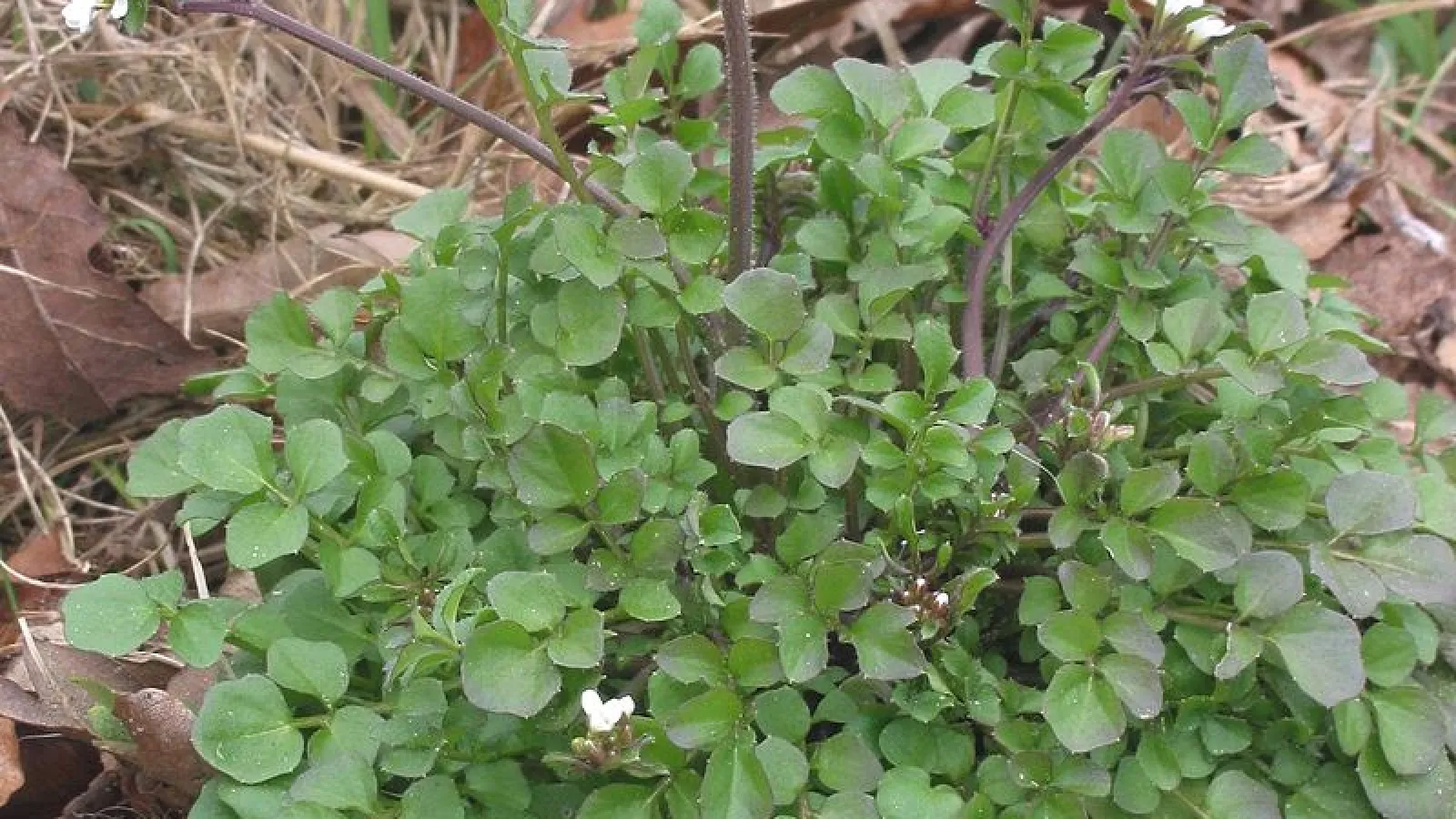Weed Library
Common Weeds
Without Turf Masters Lawn Care, your lawn will be full of weeds.
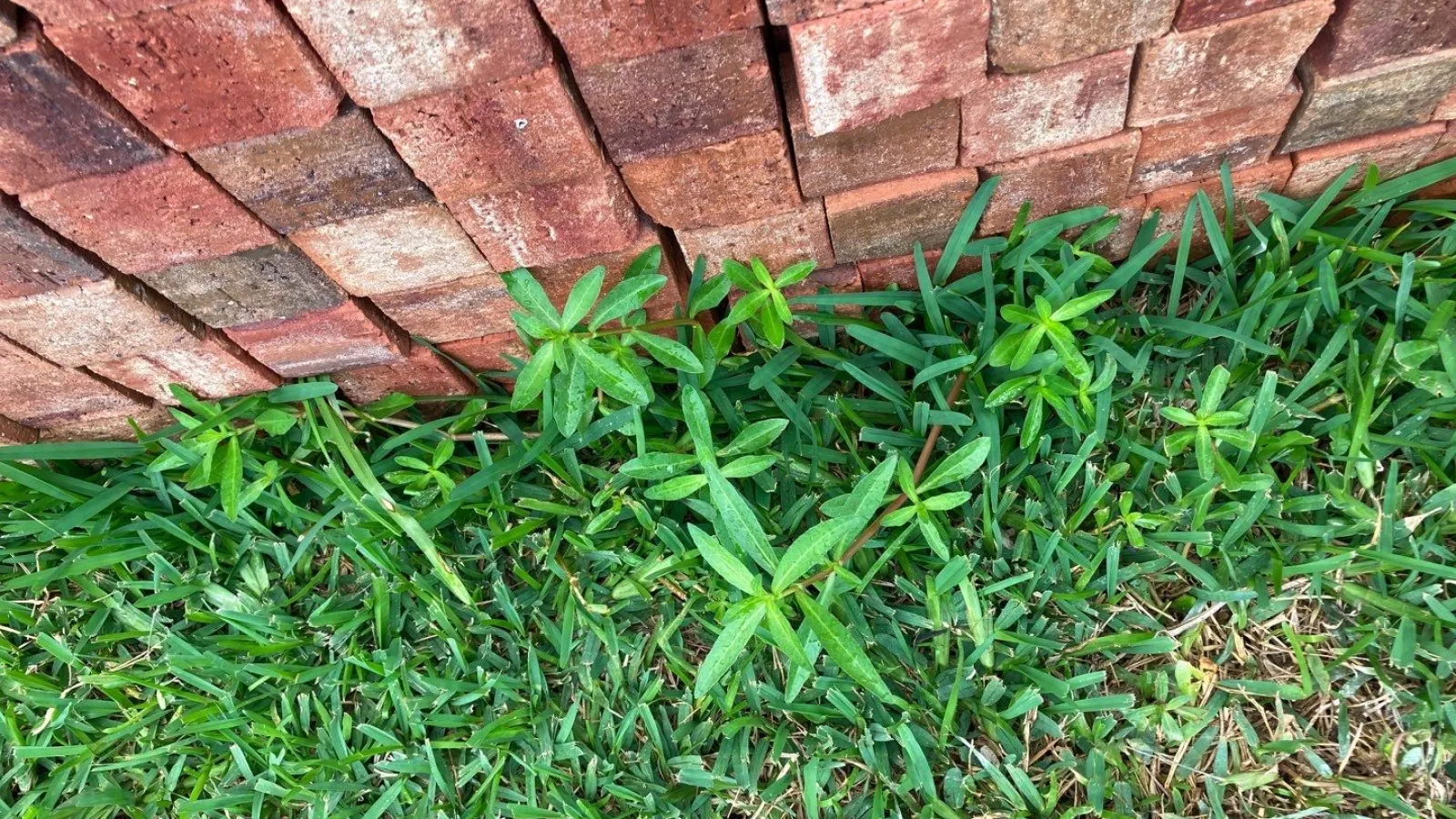
Virginia Buttonweed
- Broadleaf perennial weed
- Active in the summer
- Controllable with post-emergents
This weed is hard to control and can be spread by humans, birds, animals, and wind.
- Active in the summer
- Controllable with post-emergents
This weed is hard to control and can be spread by humans, birds, animals, and wind.
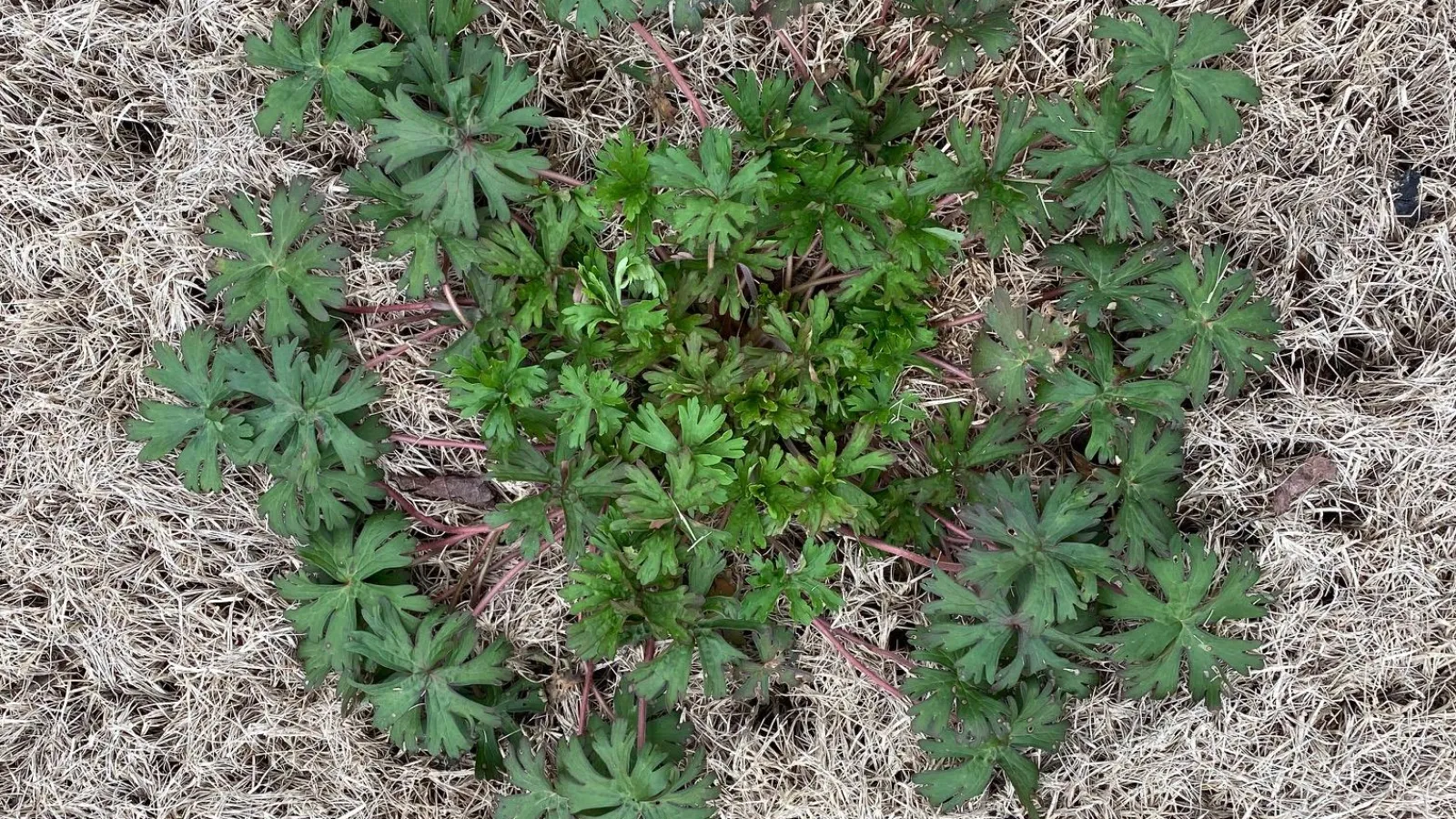
Carolina geranium
- Broadleaf annual weed
- Active in the winter
- Controllable with pre- and post-emergents
Carolina geranium is found in the southeast in lawns, fields, and roadsides.
- Active in the winter
- Controllable with pre- and post-emergents
Carolina geranium is found in the southeast in lawns, fields, and roadsides.
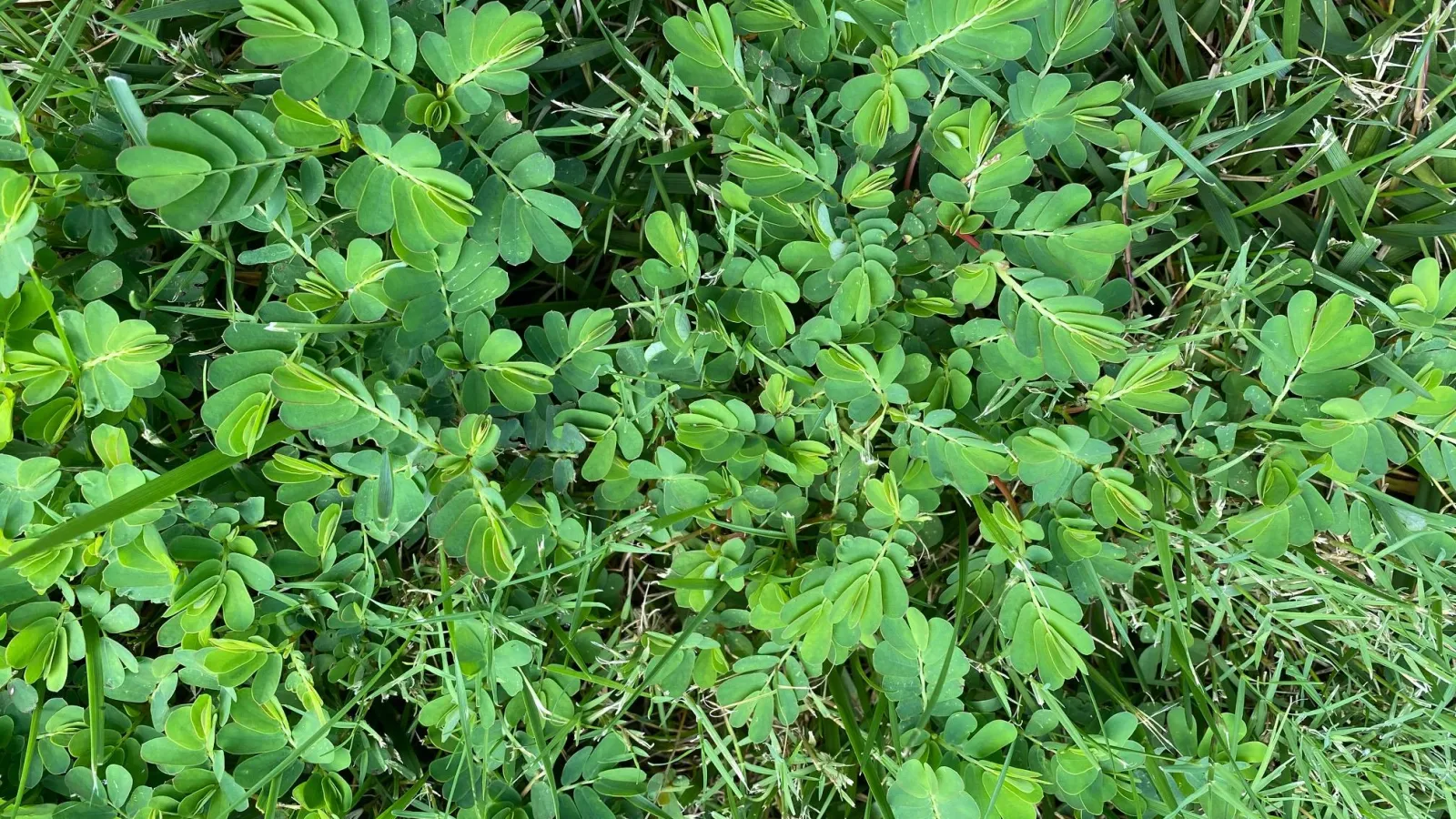
Chamberbitter
- Broadleaf annual weed
- Active in the summer
- Treated with post-emergents
Chamberbitter, also known as gripeweed, leafflower, or little mimosa, is found as far north as Illinois and as far west as Texas, but thrives in the southeast.
- Active in the summer
- Treated with post-emergents
Chamberbitter, also known as gripeweed, leafflower, or little mimosa, is found as far north as Illinois and as far west as Texas, but thrives in the southeast.
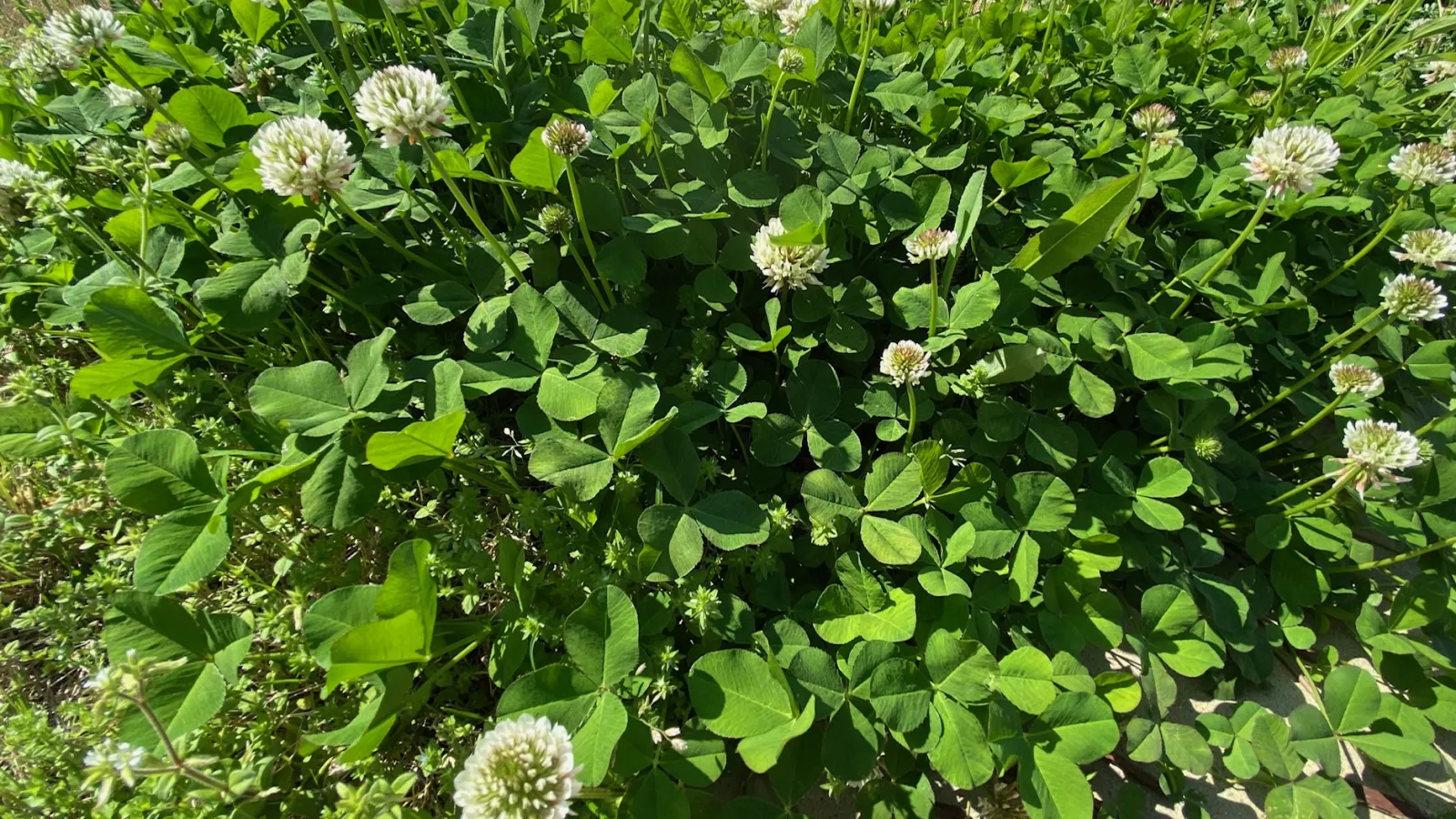
Clover
- Broadleaf perennial weed
- Active all year
- Controlled with post-emergents
Clover is highly palatable to livestock and is high in protein, phosphorus, and calcium.
- Active all year
- Controlled with post-emergents
Clover is highly palatable to livestock and is high in protein, phosphorus, and calcium.
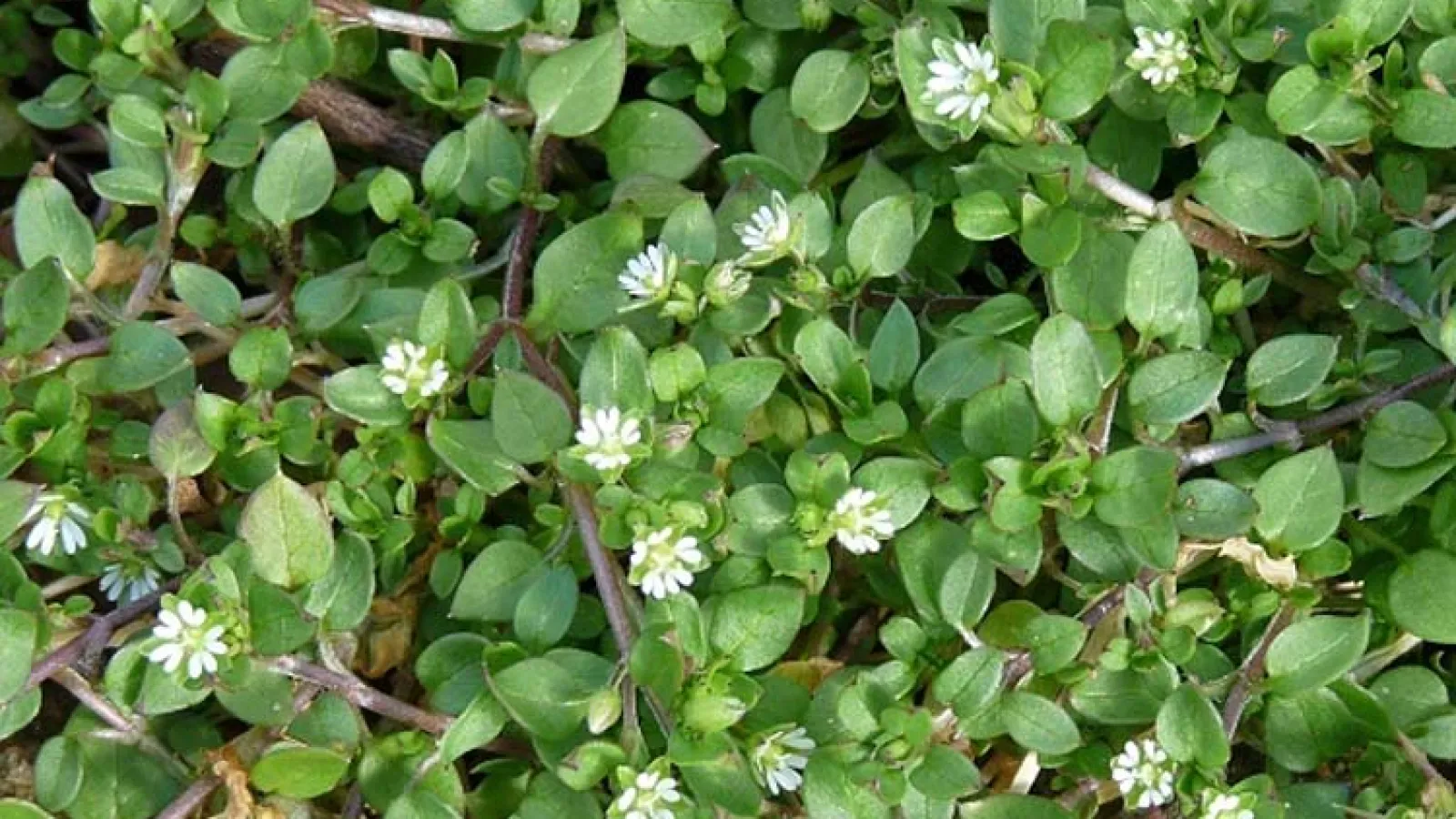
Common Chickweed
- Broadleaf annual weed
- Active in the winter
- Controlled with pre- and post-emergents
Common chickweed loves a thin, weak turf and can remain viable in the soil for up to 30 years.
- Active in the winter
- Controlled with pre- and post-emergents
Common chickweed loves a thin, weak turf and can remain viable in the soil for up to 30 years.
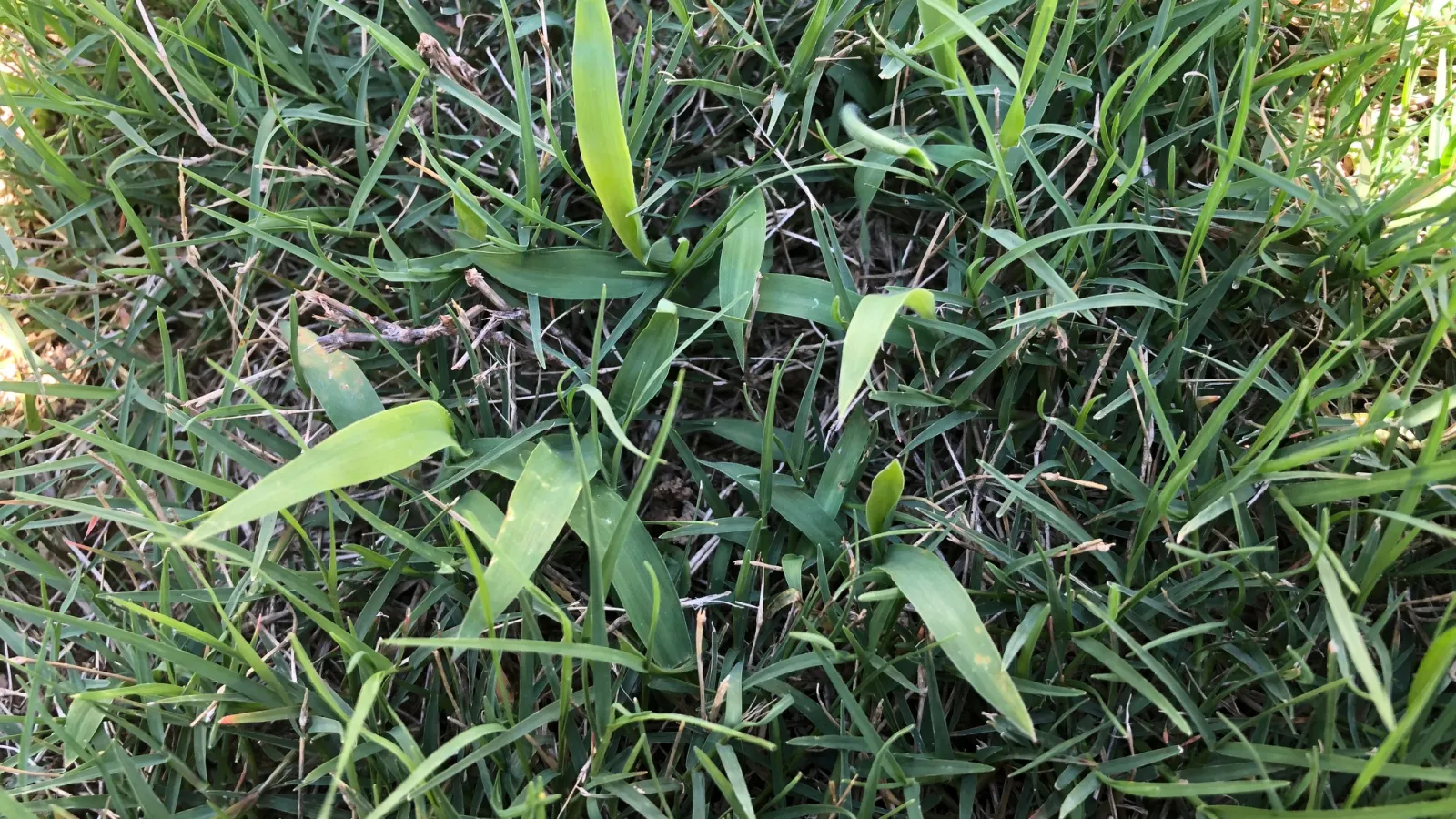
Crabgrass
- Grassy annual weed
- Active in the summer
- Controlled with pre- and post-emergents
Crabgrass is one of the most common weeds and is quite invasive. It starts germinating early in the year and can survive all of the growing season. It looks very similar to regular turfgrass.
- Active in the summer
- Controlled with pre- and post-emergents
Crabgrass is one of the most common weeds and is quite invasive. It starts germinating early in the year and can survive all of the growing season. It looks very similar to regular turfgrass.
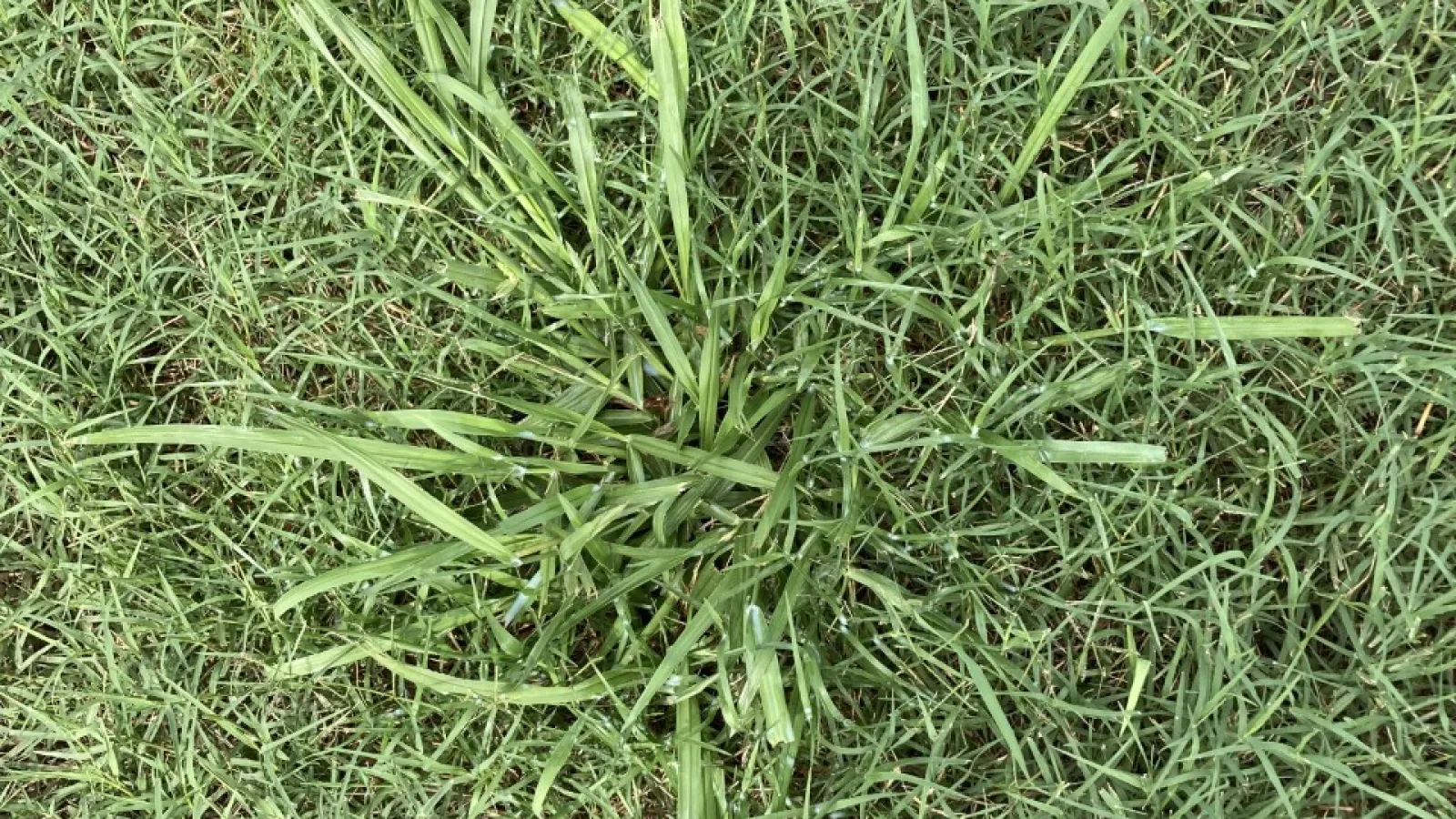
Dallisgrass
- Grassy perennial weed
- Active in the spring and summer
- Difficult to control
Dallisgrass spreads primarily by rhizomes (underground roots) or seeds. The underground growth makes it difficult to eradicate as the ground roots go deep and can be well established.
- Active in the spring and summer
- Difficult to control
Dallisgrass spreads primarily by rhizomes (underground roots) or seeds. The underground growth makes it difficult to eradicate as the ground roots go deep and can be well established.
Dandelions
- Perennial weed
- Active all year
- Controlled with post-emergents
Dandelions can grow about anywhere, regardless of soil conditions but thrive in rich soil. Refrain from blowing the seeds of the white puff balls because these are the seeds and will spread the weed. Dandelions are edible, but be cautious of ingesting too many roots. (Photo credit: Deep Green)
- Active all year
- Controlled with post-emergents
Dandelions can grow about anywhere, regardless of soil conditions but thrive in rich soil. Refrain from blowing the seeds of the white puff balls because these are the seeds and will spread the weed. Dandelions are edible, but be cautious of ingesting too many roots. (Photo credit: Deep Green)
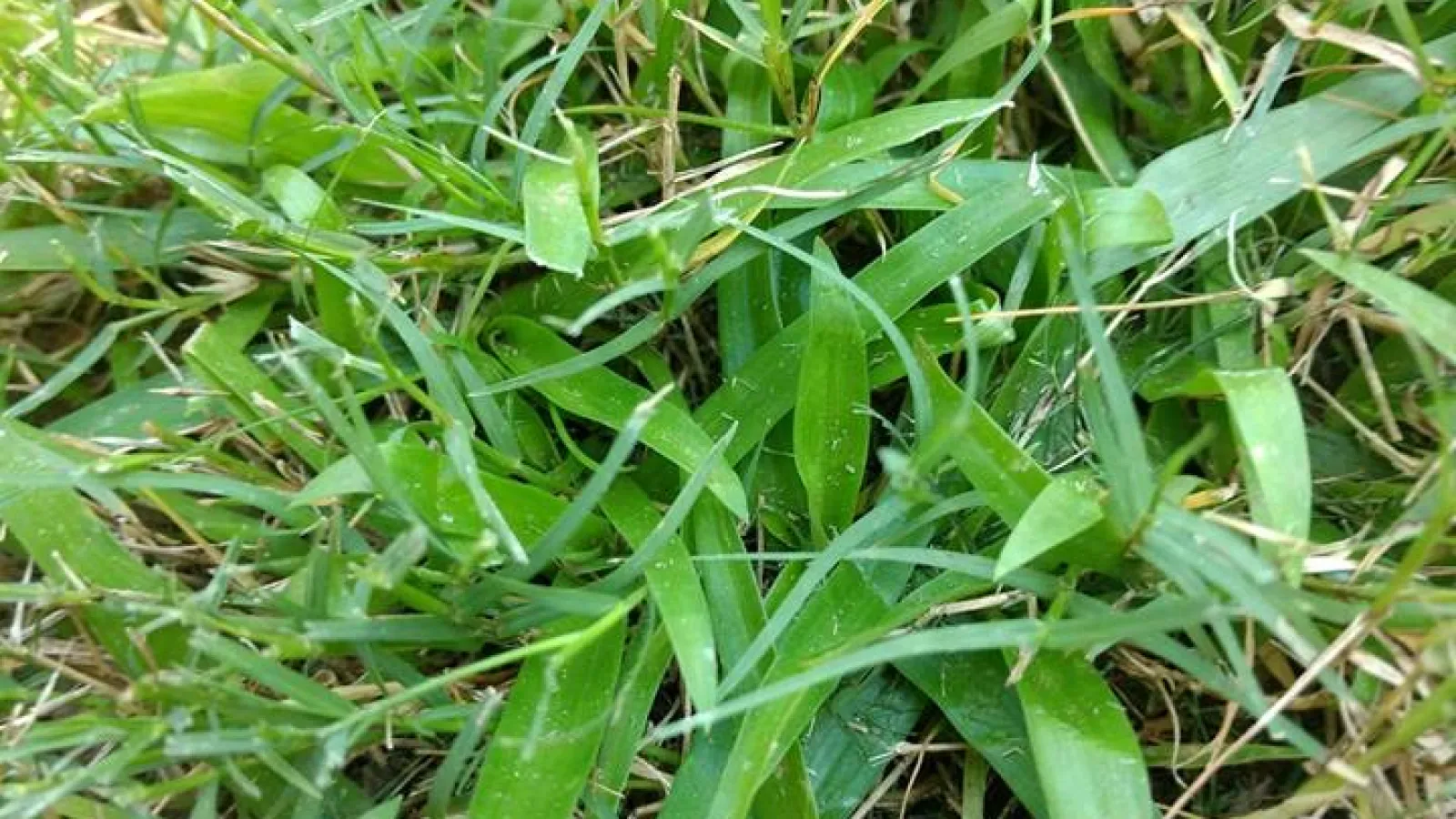
Doveweed
- Broadleaf annual weed
- Active in the summer
- Very difficult to control, but multiple post-emergents treatments can do the job.
Doveweed can live in the soil for several years; eliminating it may take a couple of years of continuous control.
- Active in the summer
- Very difficult to control, but multiple post-emergents treatments can do the job.
Doveweed can live in the soil for several years; eliminating it may take a couple of years of continuous control.
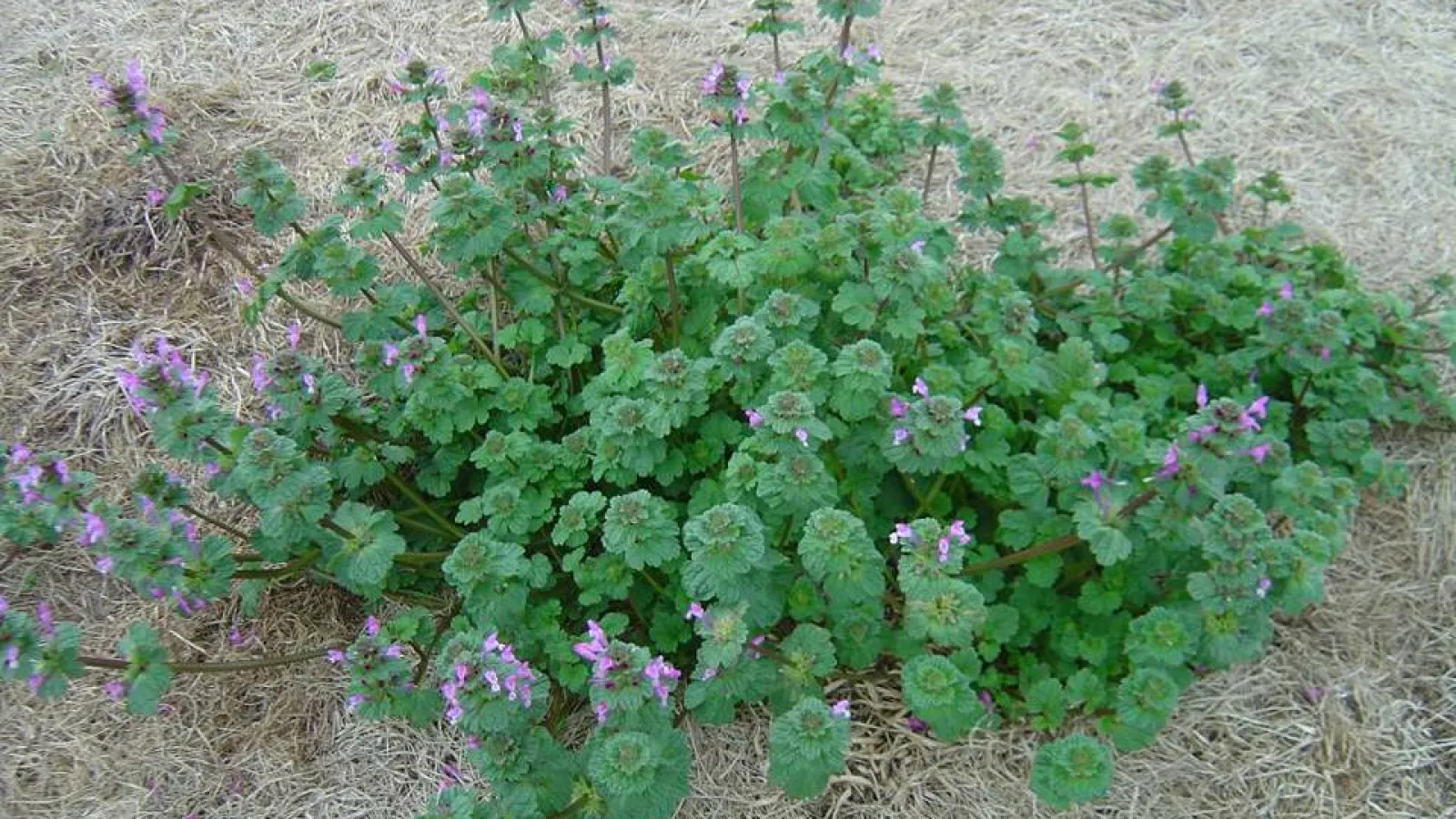
Henbit
- Hairy annual weed
- Active in the winter but grows vigorously and becomes noticeable in the lawn when temperatures rise
- Controlled with pre- and post-emergents
Henbit is part of the mint family and produces pink to purple flowers. It can grow up to 30 centimeters tall.
- Active in the winter but grows vigorously and becomes noticeable in the lawn when temperatures rise
- Controlled with pre- and post-emergents
Henbit is part of the mint family and produces pink to purple flowers. It can grow up to 30 centimeters tall.
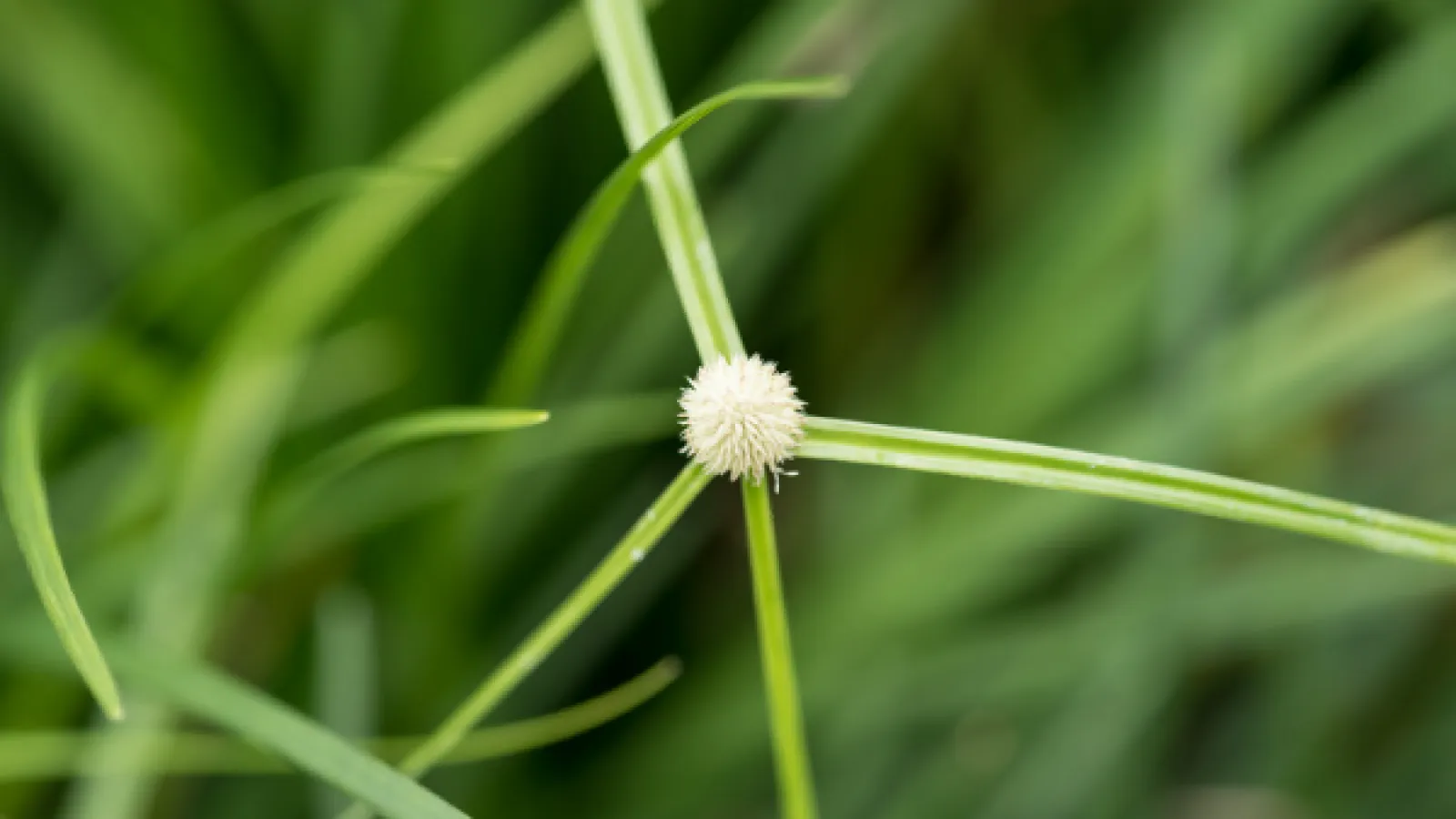
Kyllinga
- Sedges perennial weed
- Active in the spring and summer, but can be active in mild winters
- Controlled with post-emergents
Kyllinga is a non-native plant found in various parts of the world. It grows by rhizomes (underground stems) and is often mistaken for nutsedge.
- Active in the spring and summer, but can be active in mild winters
- Controlled with post-emergents
Kyllinga is a non-native plant found in various parts of the world. It grows by rhizomes (underground stems) and is often mistaken for nutsedge.
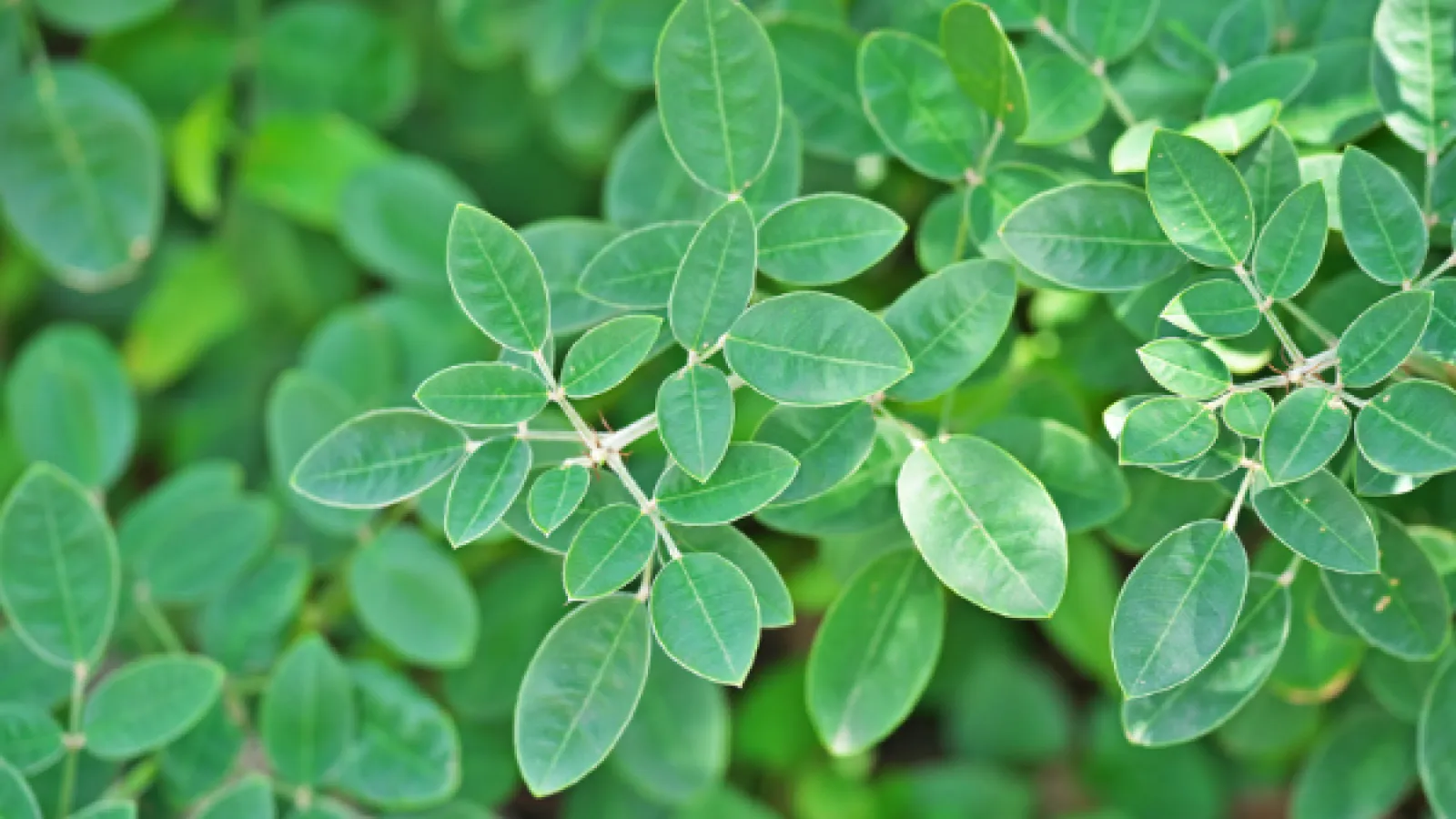
Lespedeza
- Broadleaf annual weed
- Active in the summer
- Mainly controlled with post-emergents
Lespedeza, also known as Japanese clover, is a common summer weed. It is a mat-forming weed that grows close to the ground and prefers thin turfgrass and dry, compacted areas.
- Active in the summer
- Mainly controlled with post-emergents
Lespedeza, also known as Japanese clover, is a common summer weed. It is a mat-forming weed that grows close to the ground and prefers thin turfgrass and dry, compacted areas.
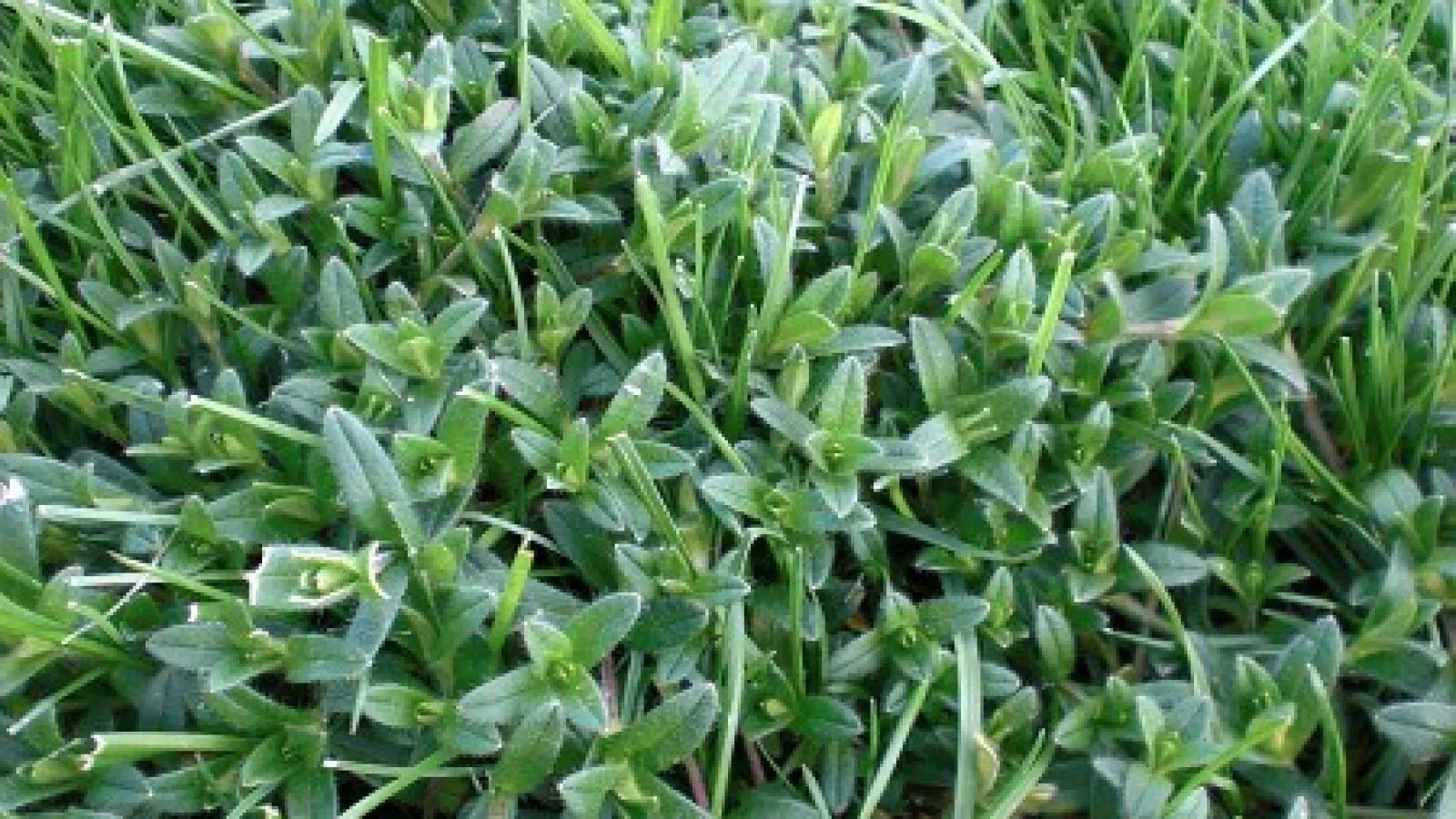
Mouse-ear chickweed
- Broadleaf perennial weed (can act as a winter annual depending on climate conditions)
- Active in the winter
- Controlled with pre- and post-emergents
Mouse-ear chickweed forms dense, mat-like patches. Its fuzzy leaves and stems easily distinguish it. It is edible, tastes like spinach when cooked, and contains vitamins.
- Active in the winter
- Controlled with pre- and post-emergents
Mouse-ear chickweed forms dense, mat-like patches. Its fuzzy leaves and stems easily distinguish it. It is edible, tastes like spinach when cooked, and contains vitamins.
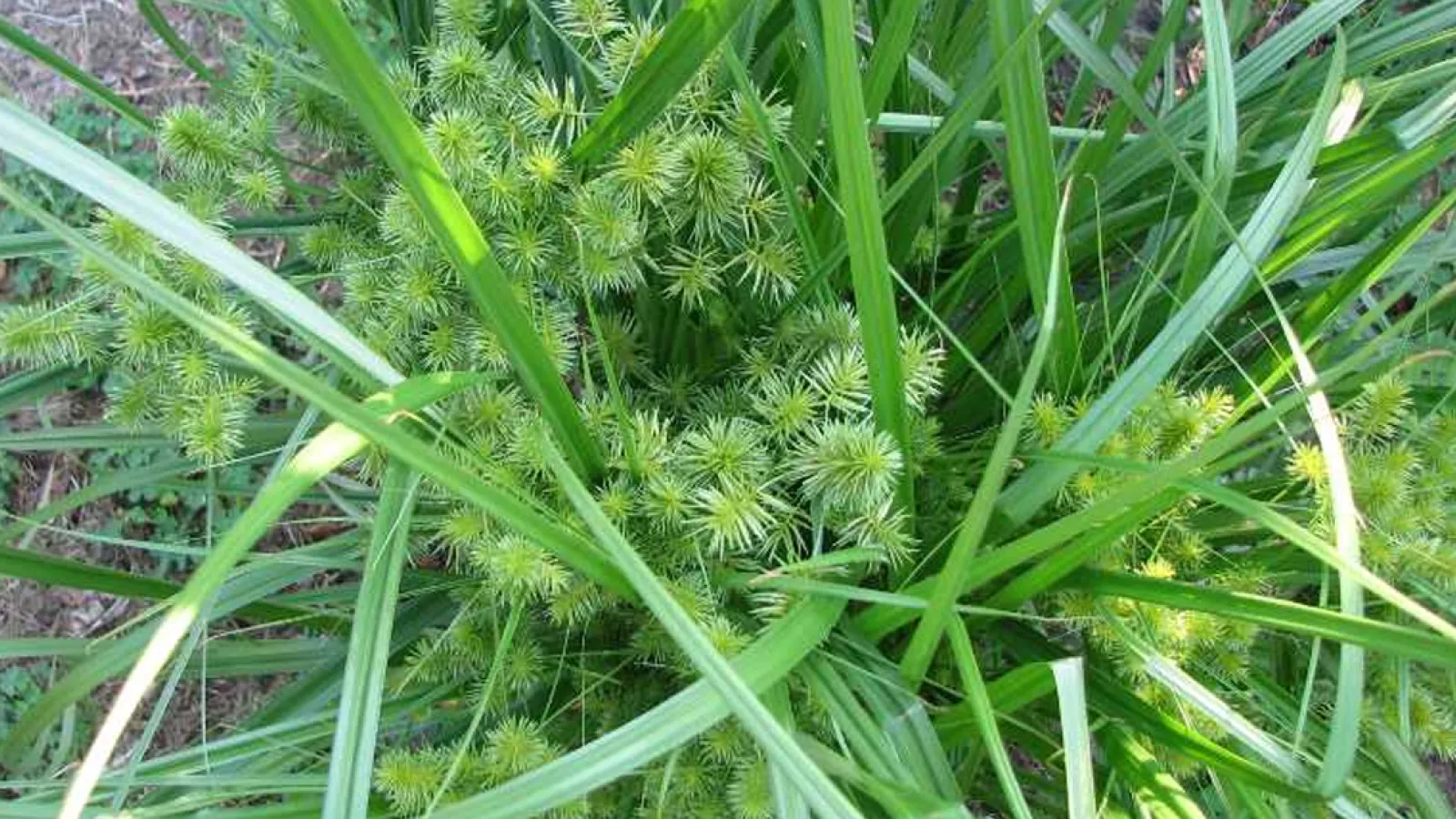
Nutsedge
- Broadleaf perennial weed
- Active in the spring and summer
- Controlled with post-emergents
Nutsedge is an aggressive and persistent weed. It can be difficult to eradicate, and control is likely to be a long process. Successful nutsedge control involves both cultural and chemical management methods.
- Active in the spring and summer
- Controlled with post-emergents
Nutsedge is an aggressive and persistent weed. It can be difficult to eradicate, and control is likely to be a long process. Successful nutsedge control involves both cultural and chemical management methods.
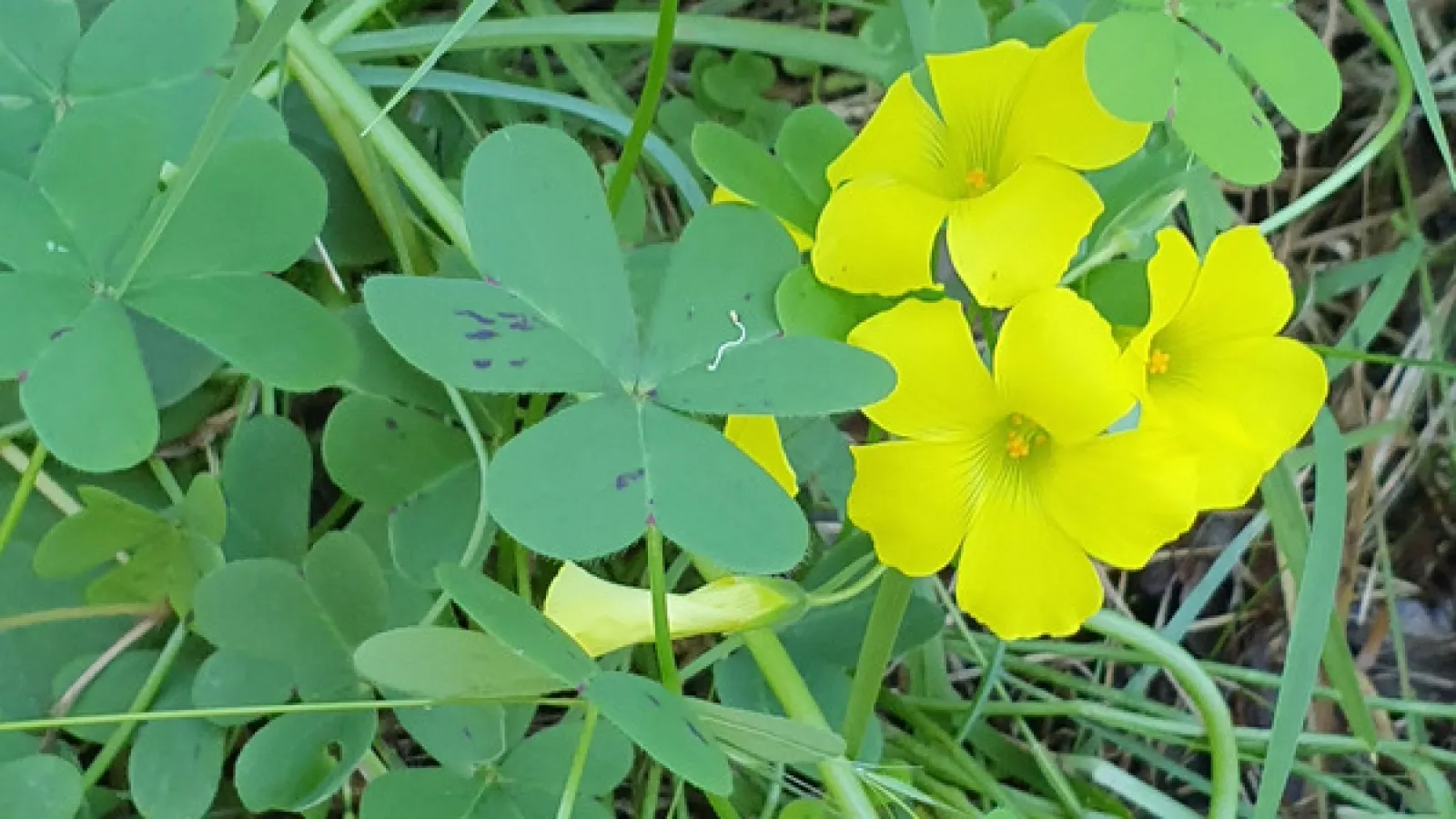
Oxalis
- Broadleaf perennial weed
- Active all year
- Mainly controlled with post-emergents
This weed looks like a small clover plant with yellow flowers. Some people use it as a groundcover, but most homeowners consider it a nuisance weed. Oxalis can be difficult to control because of its strong, deep roots.
- Active all year
- Mainly controlled with post-emergents
This weed looks like a small clover plant with yellow flowers. Some people use it as a groundcover, but most homeowners consider it a nuisance weed. Oxalis can be difficult to control because of its strong, deep roots.
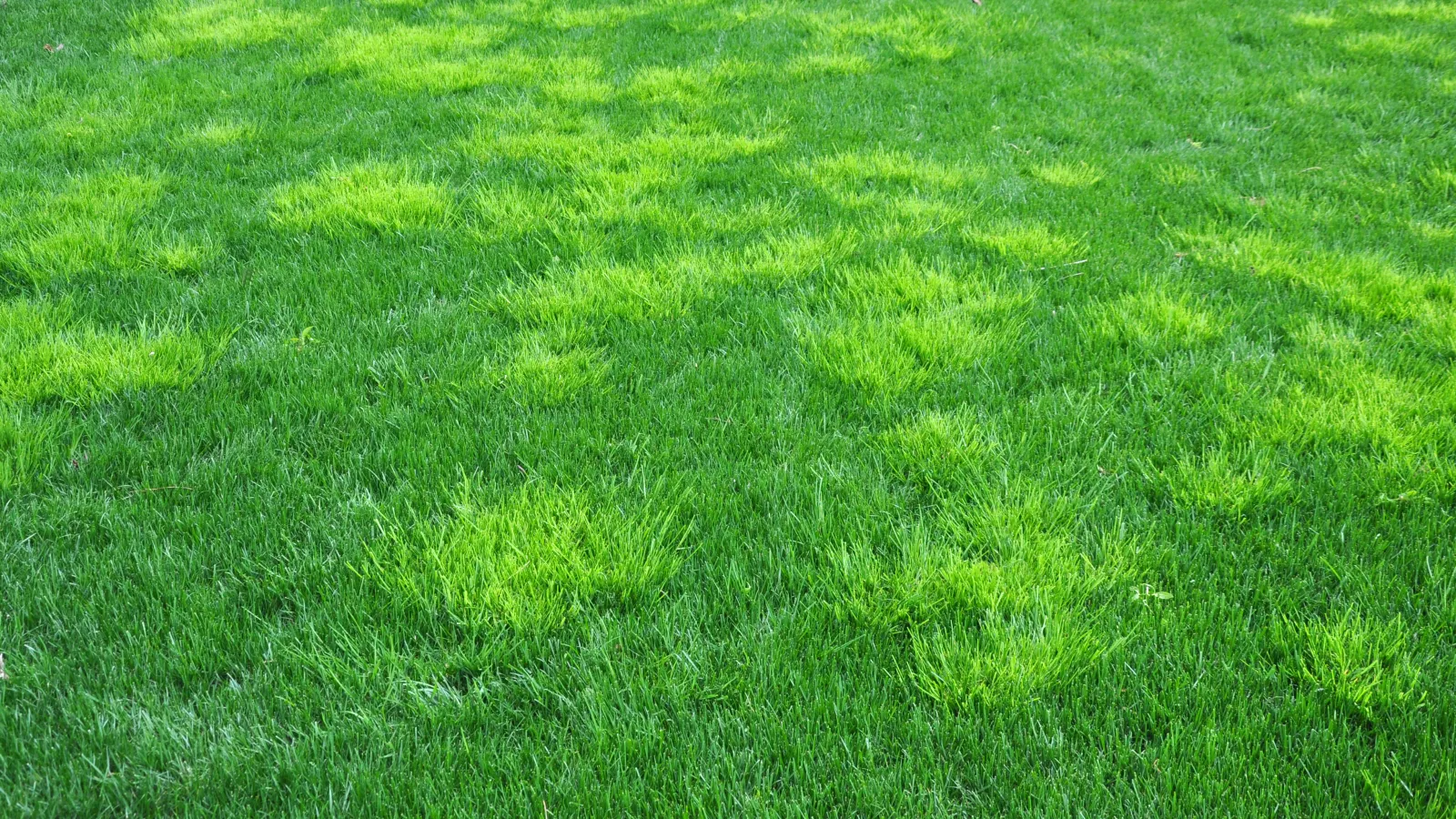
Poa annua
- Grassy annual weed
- Active in the winter
- Controlled by pre and post - emergents
Poa annua, also known as annual bluegrass, is a clump-forming grass with a yellow-green color and whitish flower heads. It prefers moist, shady areas. It emerges fall through spring, flowers, and then dies when the weather warms. Poa annua can be difficult to control, as each plant produces several hundred seeds in a season that can lay dormant for years before sprouting.
- Active in the winter
- Controlled by pre and post - emergents
Poa annua, also known as annual bluegrass, is a clump-forming grass with a yellow-green color and whitish flower heads. It prefers moist, shady areas. It emerges fall through spring, flowers, and then dies when the weather warms. Poa annua can be difficult to control, as each plant produces several hundred seeds in a season that can lay dormant for years before sprouting.
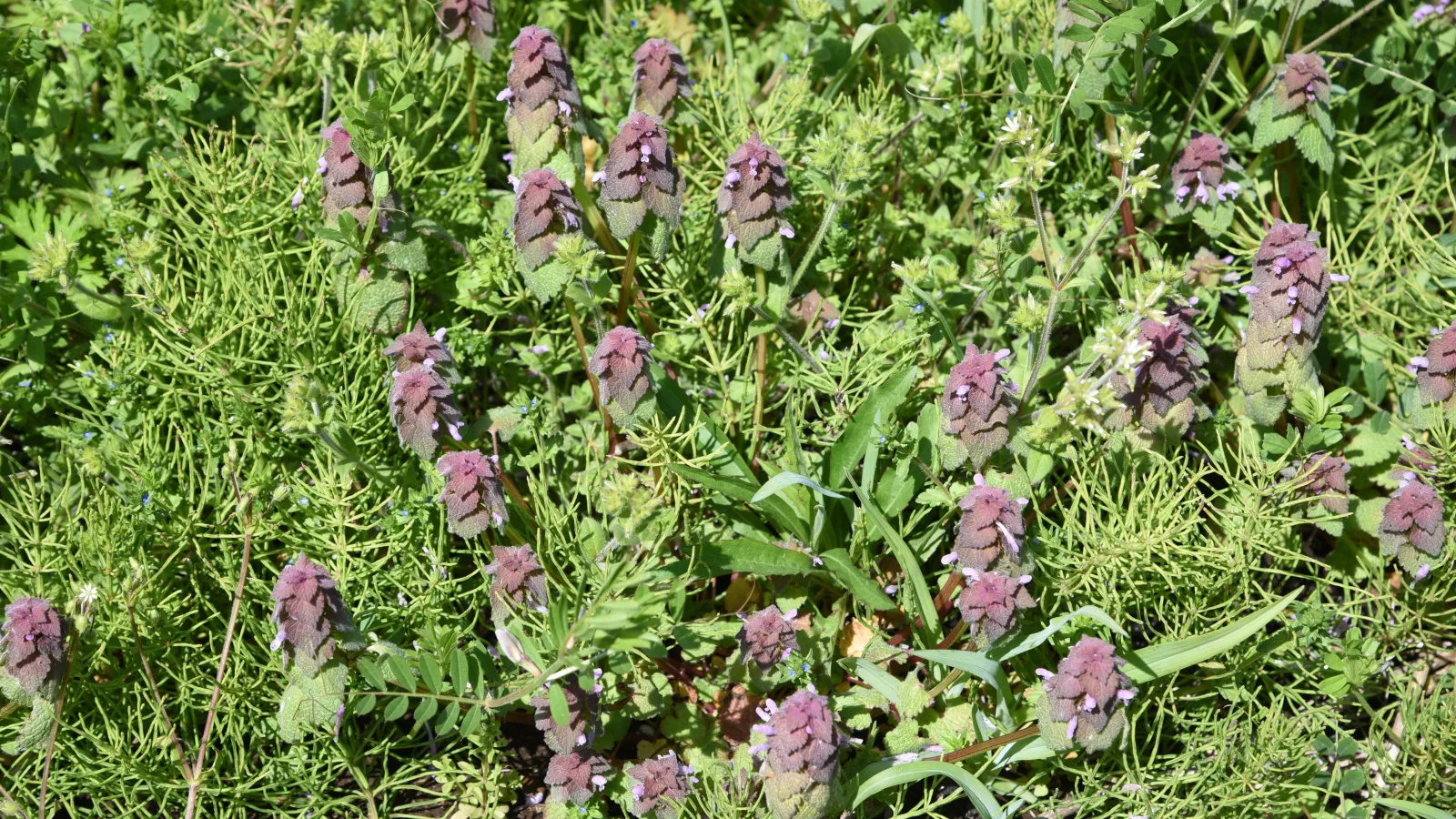
Red dead-nettle
- Broadleaf annual weed
- Active in winter
- Mainly controlled with pe- and post-emergents
Also called purple dead-nettle, red dead-nettle spreads like wildfire and is more difficult to control than any other annual weed. It is low-growing and blooms year-round, including in warm weather in winter. It prefers full sun to light shade and moist, rich soil.
- Active in winter
- Mainly controlled with pe- and post-emergents
Also called purple dead-nettle, red dead-nettle spreads like wildfire and is more difficult to control than any other annual weed. It is low-growing and blooms year-round, including in warm weather in winter. It prefers full sun to light shade and moist, rich soil.
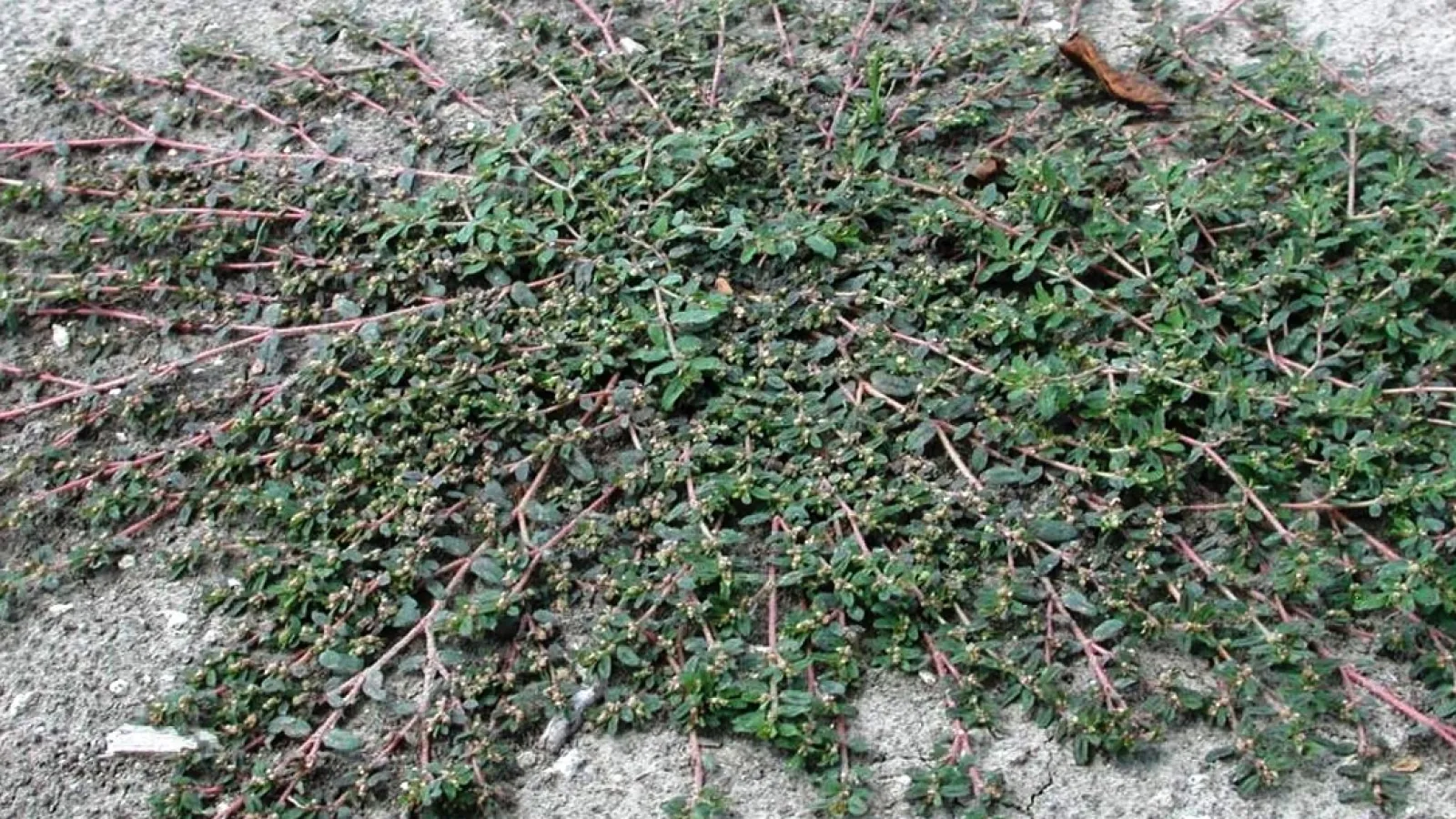
Spotted Spurge
- Broadleaf annual weed
- Active in the summer
- Mainly controlled with pre-emergents
Spurge is a large and diverse flowering plant genus that will grow in almost any open area. It grows in poor, compacted soil and prefers full sun. Spurge forms a dense mat of foliage extending from the central taproot up to two feet long.
- Active in the summer
- Mainly controlled with pre-emergents
Spurge is a large and diverse flowering plant genus that will grow in almost any open area. It grows in poor, compacted soil and prefers full sun. Spurge forms a dense mat of foliage extending from the central taproot up to two feet long.
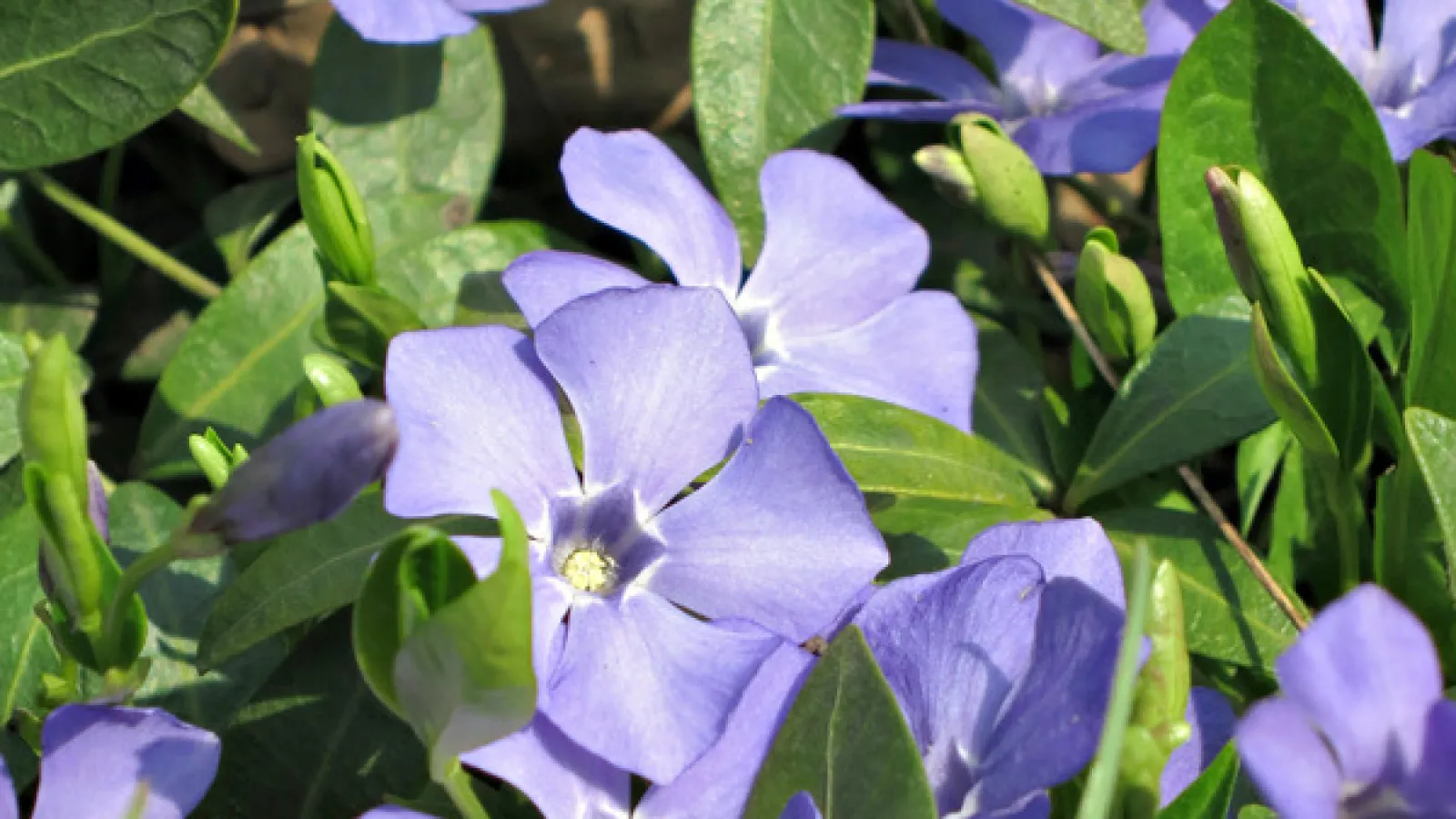
Wild violet
- Broadleaf perennial weed
- Active all year but more prevalent in the spring and summer
- Not treatable with pre-emergents and difficult to control with post-emergents
Wild violets can grow anywhere from Florida to Canada and tolerate many different environments.
- Active all year but more prevalent in the spring and summer
- Not treatable with pre-emergents and difficult to control with post-emergents
Wild violets can grow anywhere from Florida to Canada and tolerate many different environments.
